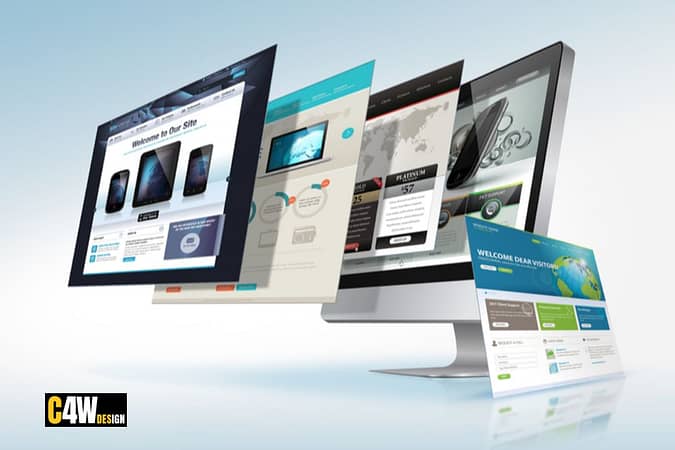
Choose the Right Website Design for Your Brand
In today’s digital age, your website serves as the face of your brand. A well-designed website not only attracts visitors but also converts them into loyal customers. Choosing the right website design is crucial for establishing your brand’s identity and ensuring its success. Here’s a comprehensive guide to help you make the best choice for your brand.
Understand Your Brand Identity
Before diving into design specifics, it’s essential to have a clear understanding of your brand identity. Your website should reflect your brand’s values, mission, and personality. Ask yourself:
⦿ What is the core message of your brand?
⦿ Who is your target audience?
⦿ What are your brand colors, fonts, and style preferences?
A strong brand identity will guide your design choices and ensure consistency across all your marketing channels.
Prioritize User Experience (UX)
User experience is a critical factor in website design. A website that is difficult to navigate will drive visitors away. Focus on creating a user-friendly interface that allows visitors to find information quickly and easily. Consider the following elements:
Navigation: Ensure your website has a clear and intuitive navigation menu.
Loading Speed: Optimize your website to load quickly on all devices.
Mobile Responsiveness: Make sure your website looks and functions well on mobile devices.
For more insights, check out our guide The Importance of Responsive Web Design in 2024.
Choose the Right Design Style
The design style you choose should resonate with your target audience and reflect your brand’s personality. Some popular design styles include:
Minimalist Design: Clean and straightforward, focusing on essential elements.
Bold and Vibrant Design: Uses bright colors and striking visuals to capture attention.
Corporate Design: Professional and formal, ideal for businesses in the corporate sector.
Your choice of design style will set the tone for your brand’s online presence.
Incorporate SEO Best Practices
An SEO-optimized website design ensures that your site ranks well on search engines, driving organic traffic. Here are some key SEO considerations:
Keyword Integration: Use relevant keywords throughout your content and meta descriptions.
Mobile Optimization: Ensure your site is mobile-friendly to rank higher on search engines.
Quality Content: Provide valuable content that addresses your audience’s needs and queries.
Learn more about SEO-friendly web design to boost your site’s visibility.
Highlight Your Unique Selling Proposition (USP)
Your website should clearly communicate what sets your brand apart from competitors. Highlight your unique selling proposition (USP) prominently on your homepage and other key pages. This could be in the form of:
⦿ A catchy tagline or slogan.
⦿ Key features and benefits of your products/services.
⦿ Testimonials and case studies that showcase your success stories.
Utilize High-Quality Visuals
Visual elements play a crucial role in engaging visitors and enhancing your brand’s appeal. Use high-quality images, videos, and graphics that align with your brand identity. Avoid stock photos that look generic and opt for custom visuals that represent your brand’s uniqueness.
For tips on visual content, explore our post on the role of visual content in web design.
Ensure Scalability and Flexibility
Choose a website design that can grow with your business. As your brand evolves, your website should be able to accommodate new features, content, and functionalities. Opt for a flexible design that allows for easy updates and modifications without requiring a complete overhaul.
Work with Professional Designers
Collaborating with professional web designers can make a significant difference in the quality of your website. Experienced designers bring valuable expertise and insights to the table, ensuring your website not only looks great but also performs well. Consider reaching out to a reputable web design agency to bring your vision to life.
Choosing the right website design for your brand is a critical decision that impacts your online presence and business success. By understanding your brand identity, prioritizing user experience, incorporating SEO best practices, and leveraging high-quality visuals, you can create a website that truly represents your brand and engages your audience.
For more insights on web design, check out our other posts on responsive web design, visual content in web design, and SEO-friendly web design.


